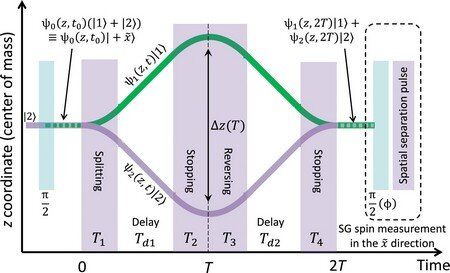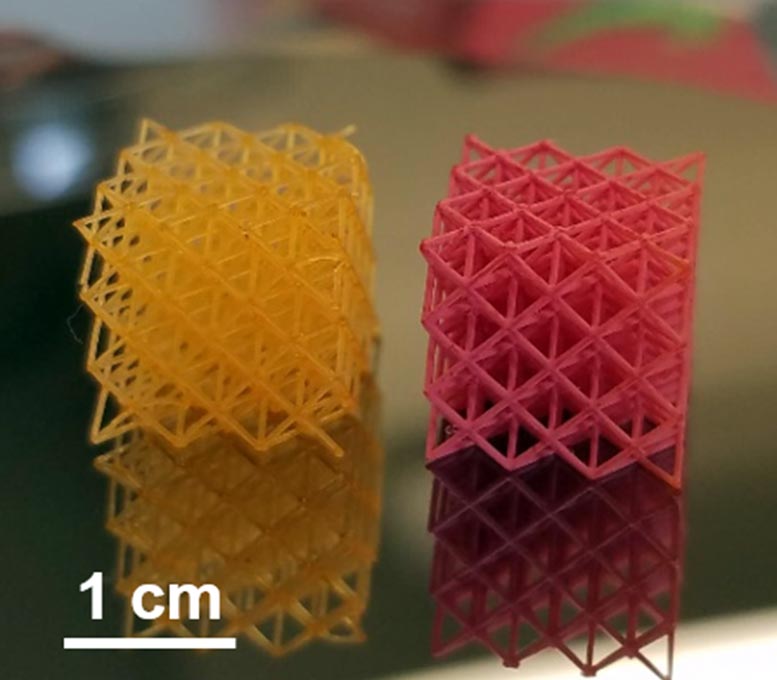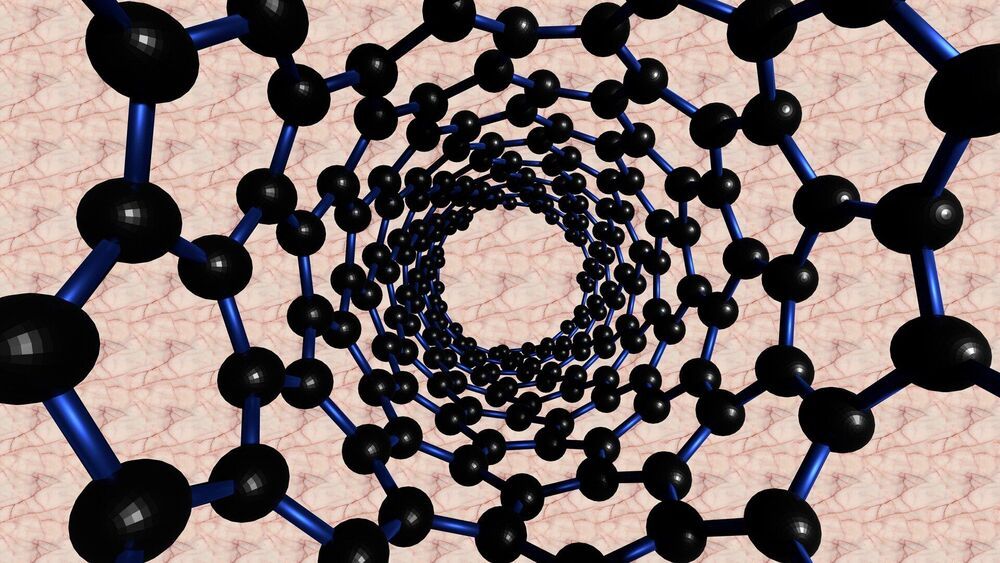Forget flexible, get stretchable.
We’ve had curved displays for a while now, but what about stretchy ones? Samsung says it’s making progress building screens “that can be stretched in all directions like rubber bands,” and that the first applications for this material could be in building flexible health tech.
The company’s researchers recently created an OLED display that can be stretched by up to 30 percent while operating as normal. As a proof of concept, engineers integrated this display into a stretchable heart rate monitor that can be stuck onto the skin like a Band-Aid.
“The strength of this technology is that it allows you to measure your biometric data for a longer period without having to remove the solution when you sleep or exercise, since the patch feels like part of your skin,” Samsung’s Youngjun Yun said of the prototype technology in a press statement. “You can also check your biometric data right away on the screen without having to transfer it to an external device.”








